When it comes to getting your money’s worth NASA certainly can’t complain about the two Voyager space probes that were launched way back in 1977. After having accomplished all of their mission objectives by visiting the gas giant planets of, Jupiter, Saturn, Uranus and Neptune the spacecraft are still operating, sending back priceless data after 45 years in space. Now the two probes have left our solar system and are in interstellar space giving scientists their first in situ measurements of conditions in the void between the stars.

So when a problem occurs with such a venerable spacecraft it gets a lot of attention from the engineers at the Jet Propulsion Labouratories (JPL) who built and have managed the Voyager missions from the beginning. Especially when they caused the problem. You see the trouble happened on the 21st of July when a series or routine orders meant to align Voyager 2’s antenna so that it was correctly aimed at Earth contained a typo that instead caused the antenna to point in the wrong direction, a full 2º away from our planet. As a result Voyager 2 was unable to either send or receive any signal from Earth.
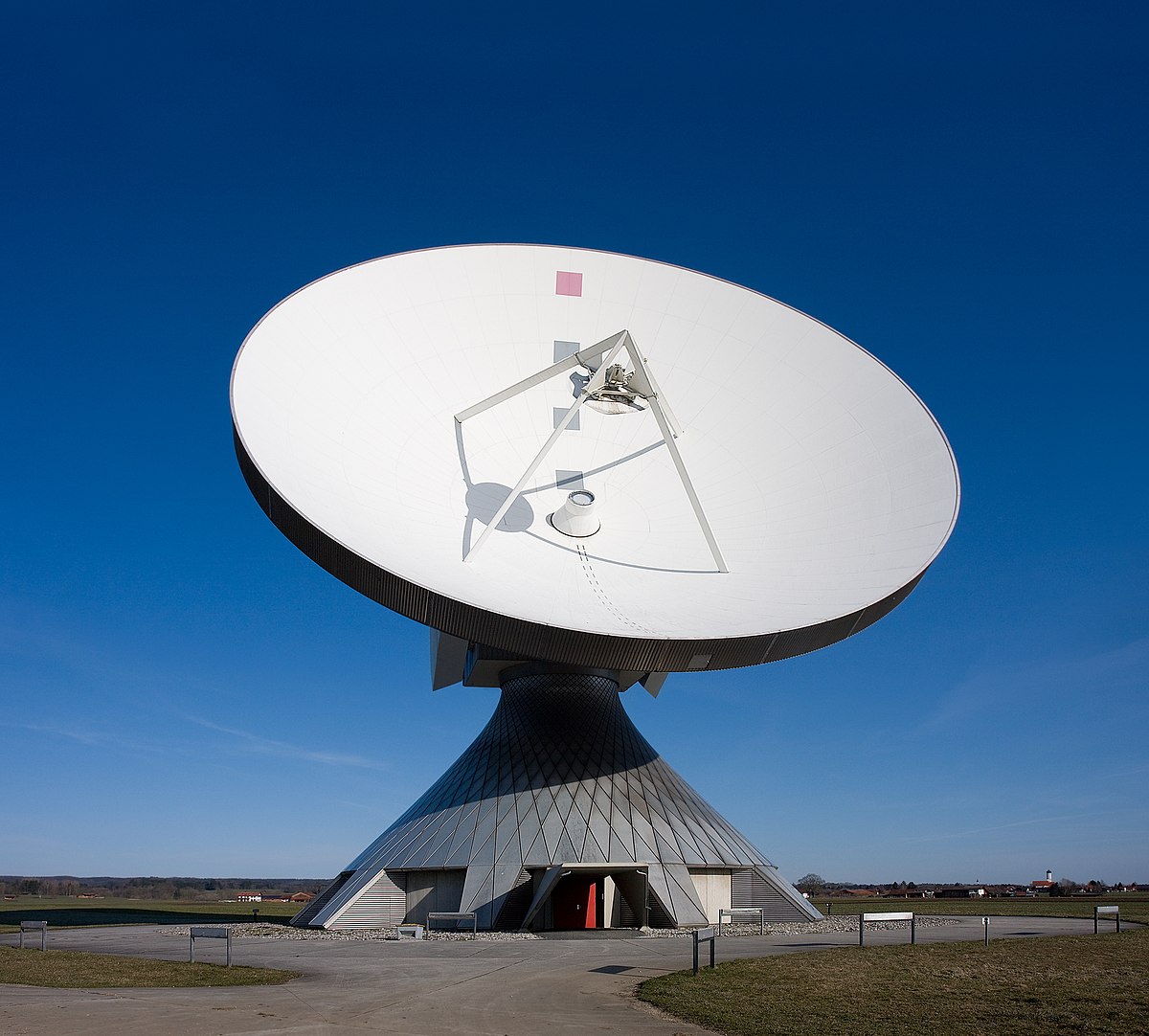
Thankfully Voyager 1 was unaffected and the good news was that Voyager 2 is programmed to automatically realign back to Earth several times a year so whatever else happened the spacecraft would try to reconnect on October 15th. Nevertheless NASA was determined to reestablish communication with Voyager 2 before then.

The first thing for NASA to try was to see if they could pick up Voyager 2’s signal using the biggest antenna they had, the giant dish antenna outside Australia’s capitol Canberra. That large dish is a part of NASA’s Deep Space Network that keeps in contact with our most distant probes. On the 2nd of August the Canberra receivers succeeded in picking up what JPL termed Voyager 2’s “heartbeat”. It was therefore decided to try to send the correct signal to the probe in the hopes of restoring full communications. Adding to the complications is the fact that the spacecraft is so far away from Earth that it takes 18 hours for a radio signal to reach Voyager 2, and another 18 hours for any reply to come back.
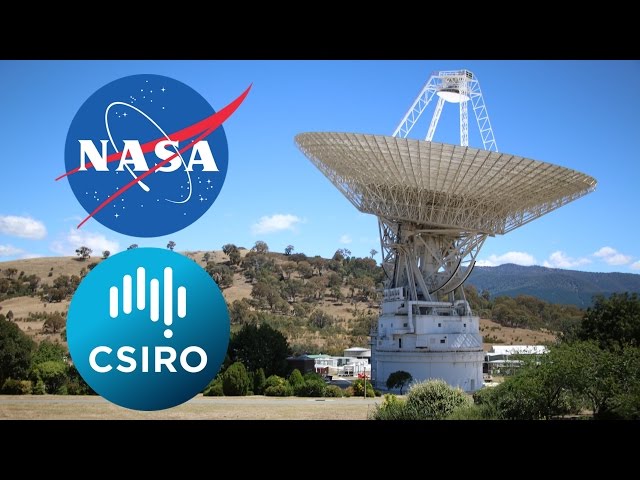
Despite all the difficulties on the 7th of August NASA succeeded in regaining full communications with Voyager 2, a marvel considering how old, and how far away Voyager 2 is. So we are still getting priceless data about interstellar space from humanity’s oldest still active spacecraft, Voyager 2 was actually launched before Voyager 1.
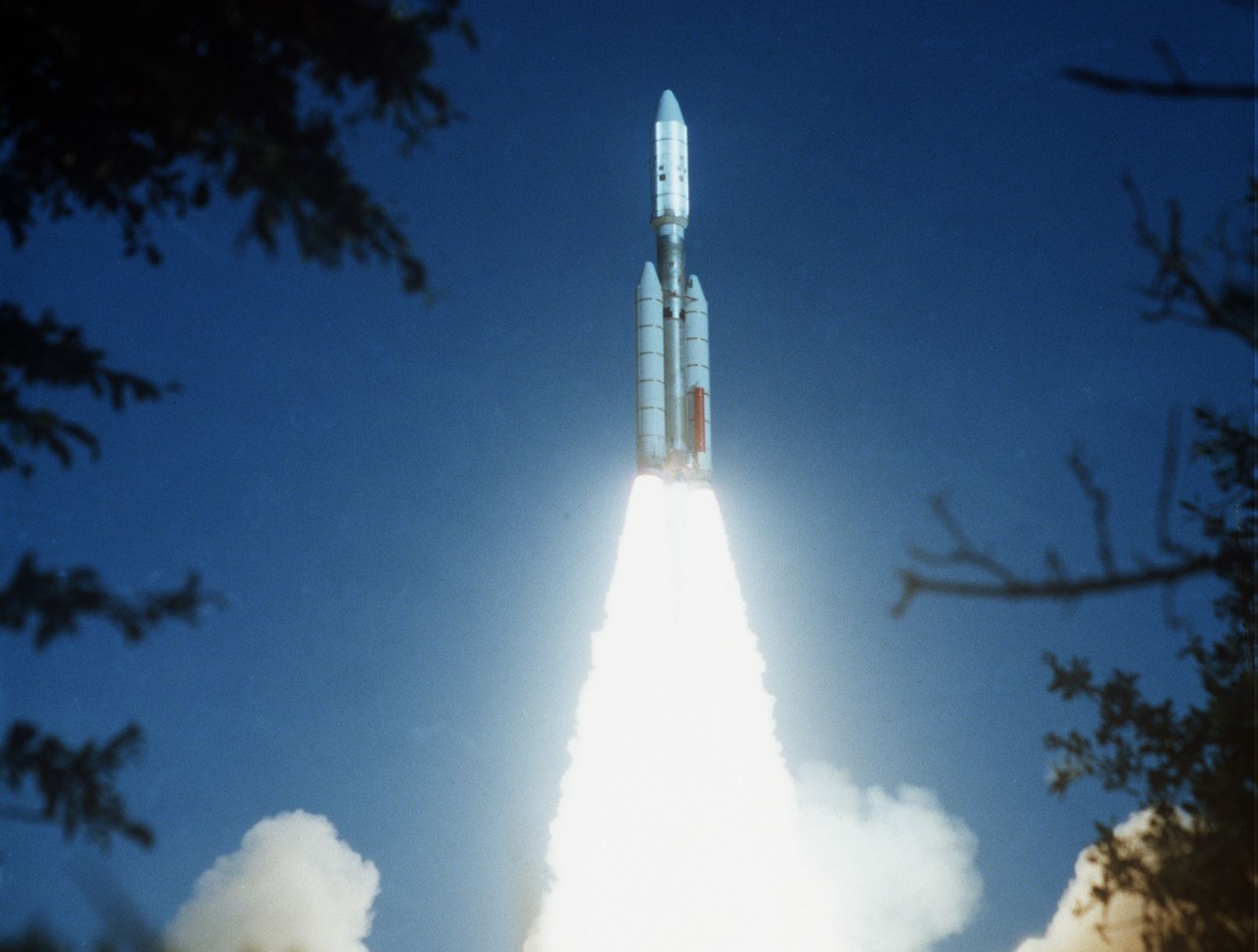
Two other unmanned space probes have also been making some news this past month as both Russia and India attempted to land spacecraft on the Moon. For Russian this was the first time in 47 years that they had tried to land on our nearest neighbor while for India it is their growing space program’s first attempt at a landing on any other world.
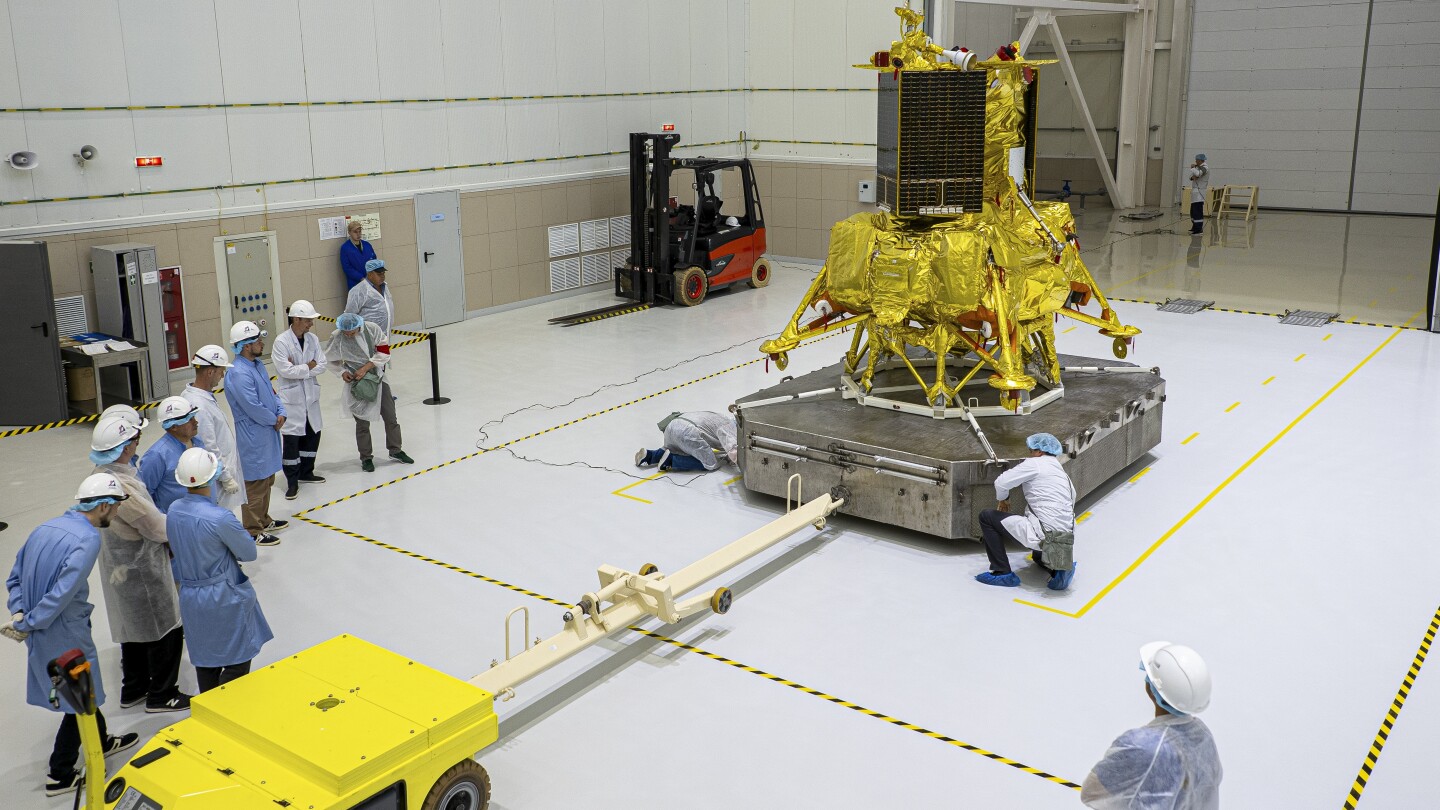
Although Indian’s Chandrayaan-3 probe was launched first, back on July 14th, it was Russia’s Luna 25 that first attempted a landing on the 19th of August with a result that was a complete disaster for the Russian space program. As the lander was starting its descent an engine misfire caused a crash landing with the complete loss of the spacecraft.

Chandrayaan-3’s attempt four days later was more successful making India only the forth nation to soft land a spacecraft on the Moon. The landing also marked the first time any spacecraft had landed near the Moon’s south pole, a region that may become very important in the coming years as it is thought that deposits of water ice could be hidden there, water that could help sustain a future Lunar base or colony. In addition to an array of instruments to study the surface Chandrayaan-3 also carries a small rover that will operate for at least one Lunar day, which lasts 14 Earth days.

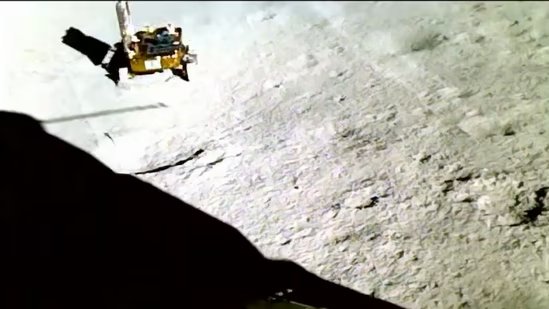
The results of the two Moon landings may be a sign of what is to come for both countries with India on the way up while Russia is on its way down. As the Soviet Union, Russia was once the clear leader in space exploration but the country’s last major achievement by itself in space was the MIR space station back in the 1990s. Since then Russia has been in a downward spiral with Vladimir Putin robbing its treasury to keep his oligarchs happy while starting fruitless wars against his neighbors.

India, on the other hand has been steadily growing both in terms of its economy and its access to technology. India’s space program is a sign of that growth and a source of national pride. With the landing of Chandrayaan-3 India becomes part of an elite group space faring nations with even more ambitious plans for the future.

There is also some news about manned spaceflight and again it’s all about Space X and Boeing. On August 25th the Crew Seven mission was successfully launched to the International Space Station (ISS) with one of Space X’s Dragon capsules atop one of their Falcon 9 rockets. This mission is Space X’s 11th manned spaceflight and the seventh to send a full crew to the ISS under NASA’s commercial crew program.
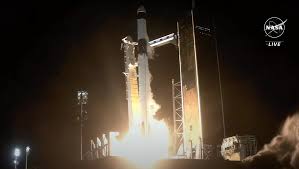
The four astronauts aboard Dragon come from four different nations, all a part of the ISS consortium. Commander Jasmin Moghbeli is a former US Marine pilot now with NASA while the European Space Agency’s (ESA) Andreas Morgensen is from Denmark. Rounding out the crew are mission specialist Satoshi Furukawa from Japan and Russia’s Konstantin Borisov. All four will remain aboard the ISS for six months in what has become standard operating procedure thanks to Space X.
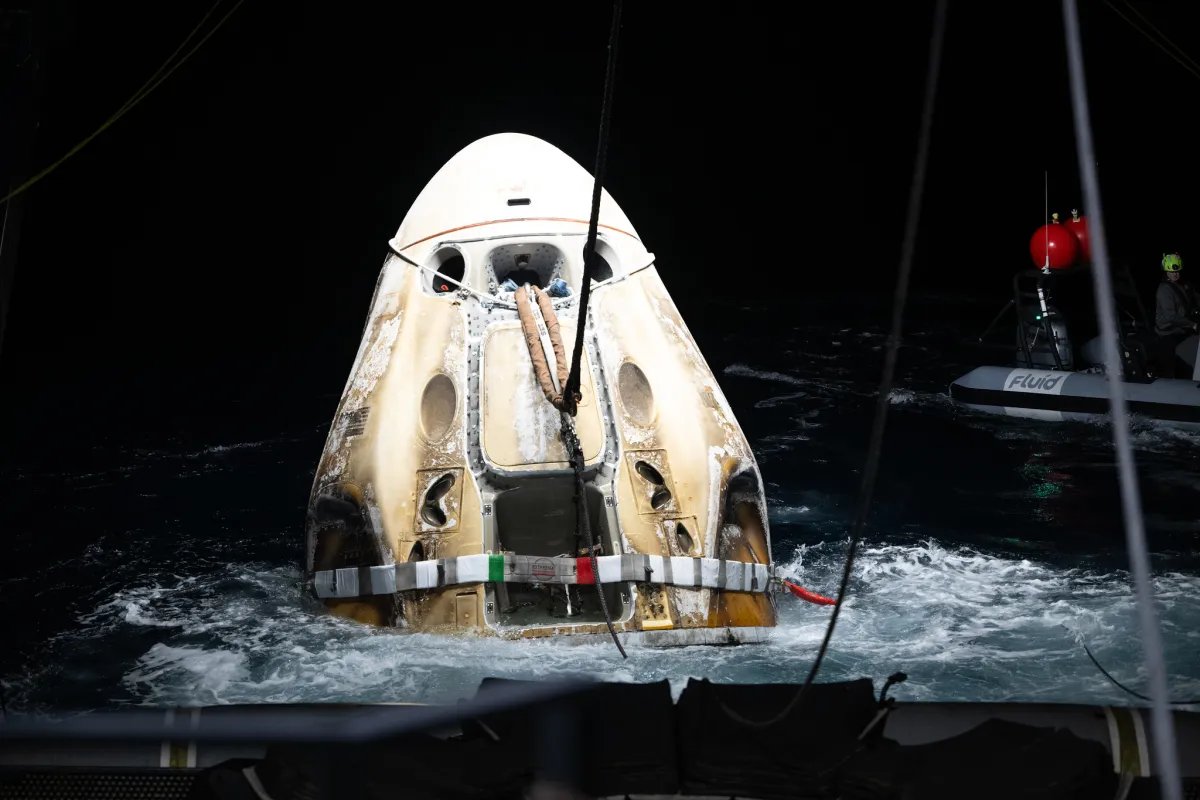
Meanwhile Boeing, which was expected to compete with Space X for missions to and from the ISS, has had a seemingly endless series of problems with its Starliner space capsule. Last April Boeing finally succeeded in sending an unmanned Starliner capsule to the ISS as a test flight and it was hoped that a final, crewed test flight would take place by the end of the year.

Complications arose with the capsule’s parachute system however along with some adhesive that could pose a fire risk under certain circumstances. The work of satisfying NASA’s rigid safety protocols grew and grew until now it seems as if that final manned test flight of Starliner will not take place until March of 2023 at the earliest.
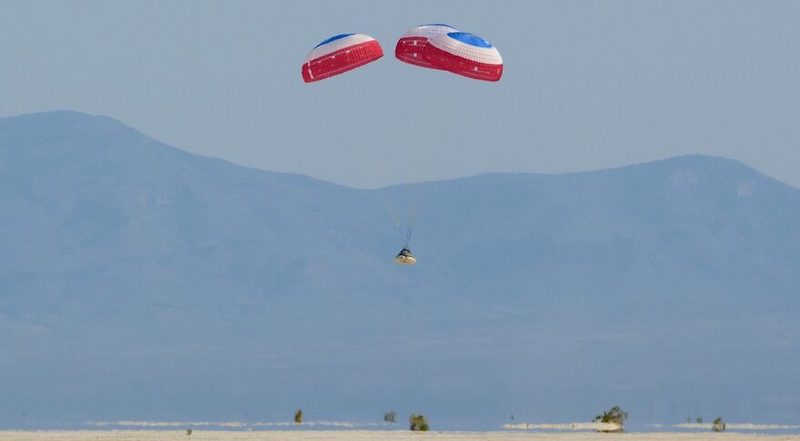
Despite all of their difficulties with Starliner Boeing insists they are committed to the program, having secured enough parts to build a further six capsules. If Starliner does succeed in taking astronauts to the ISS early next year it is hoped that the first crew mission could take place just about a year from now. Going forward then Space X and Boeing would alternate crew staffing missions until the end of the ISS program that is expected to be in 2030.

Even with all of the problems, space exploration is expanding with more countries like India becoming involved, with private companies like Space X reducing costs and with new missions to explore our solar system and the infinite beyond.
